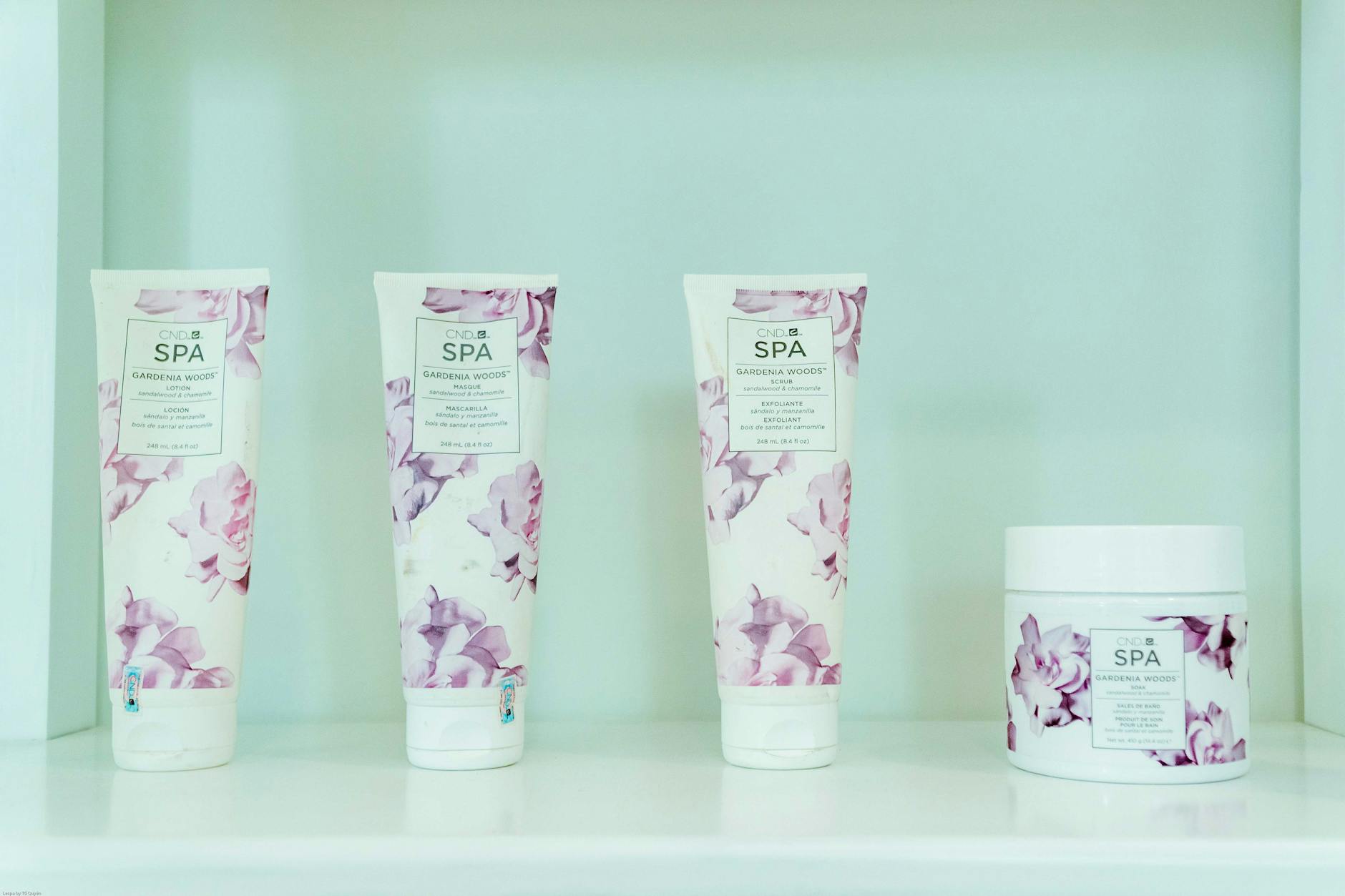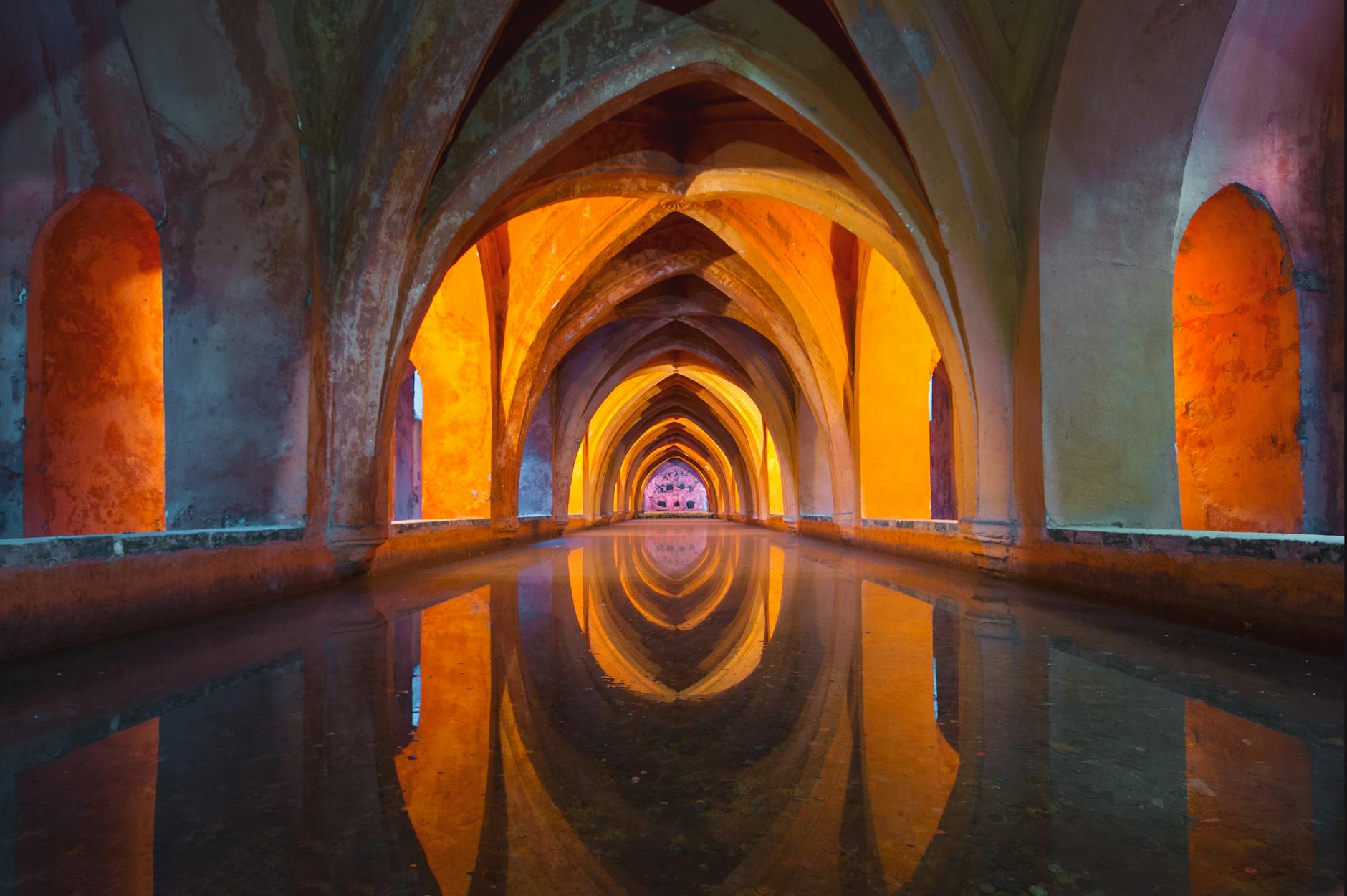Why Natural Sunscreen Should Be Your Go-To for Exploring Australia’s Daintree Rainforest

Benefits of Natural Sunscreen
When guiding a group of eager adventurers on a tour, like the stunning journeys along the Kuranda Scenic Railway, I always ensure everyone is well-protected from the sun, especially the kids. One of the key perks of using natural sunscreen is how kind it is to sensitive skin. You wouldn't want any of those pesky red patches ruining the excitement of the day. Products marketed as kids sunscreen are often free from harsh chemicals, making them the ideal choice for young children or anyone prone to allergies.
While exploring the outdoors, it’s important to consider the impact of our activities on the environment. Natural sunscreens often forgo harmful ingredients that can damage aquatic ecosystems, something that's incredibly important when frequenting places like the Great Barrier Reef. Selecting eco-friendly options helps ensure the long-term health of our beautiful surroundings.
Moreover, the longevity of protection offered by natural sunscreens is key. On my own Daintree Rainforest expeditions, I've found that reapplying sunscreen often isn't just a chore but a necessary practice. Opting for a natural variant often means enhanced resistance to sweat and water, extending the protective benefits during those vigorous outdoor escapades. Remember, effective sun protection supports longer, uninterrupted adventures under the Aussie sun.
Exploring Daintree Safely
Potential Hazards in the Rainforest
Embarking on a journey into the Daintree Rainforest is nothing short of thrilling, yet it comes with its own set of challenges. As someone who has been guiding outdoor adventures for years, I’ve seen the importance of preparation firsthand. The rainforest's vibrant ecosystem also harbours hazards such as slippery paths, unexpected weather changes, and electrifying wildlife encounters. These elements add to the allure but demand respect and caution. Always travel with a guide if you’re unfamiliar with the terrain, carry a first-aid kit, and remember that natural sunscreen is a must-have, given the sun’s stealthy presence among the thick foliage.
Adapting to the Climate
One key to mastering rainforest exploration is acclimatising to its humid climate. I recall a time when a group of us embarked on a Daintree expedition, each one armed with layers of breathable clothing, a wide-brimmed hat, and a healthy supply of water. This strategy proved invaluable. Lightweight fabrics wick away sweat and keep you cooler, allowing you to focus entirely on the beauty surrounding you. A short train ride on the Kuranda Scenic Railway can offer you a prelude to the richness of these tropics while providing a shelter for gear storage.
Importance of Sun Protection
Sun protection is a critical part of rainforest exploration, often overlooked due to the abundant shade, yet vital for safe adventuring. I’ve had my share of instances where unexpected sunburns occurred among even seasoned explorers who underestimated the canopy's filtered light. Packing an eco-friendly option like a natural sunscreen aligns with protecting this exquisite environment while securing our skin’s wellbeing under both the sun’s and rainforest's exposure. Hiring eco-conscious products not only cuts back on harmful chemicals but also contributes to safeguarding these stunning ecosystems.
Essential Ingredients in Sunscreen
Mineral-Based Protection
As an outdoor adventure guide with a penchant for the wonders of nature, my encounters in the Daintree Rainforest have truly highlighted the value of mindful sunscreen selection. When exploring locations as magnificent as the Great Barrier Reef, keeping both the environmental impact and personal safety in mind is crucial. From my experiences and extensive reading, I have found that mineral-based sunscreens offer a less impactful solution for our delicate ecosystems, especially when compared to some of their chemical counterparts. Notably, zinc sunscreen often comes highly recommended due to its effectiveness in reflecting harmful UVA and UVB rays while being gentle on both skin and sea life.
Hypoallergenic Components
Mineral sunscreens generally contain fewer irritating substances and are less likely to trigger skin reactions. This echoes my observations during Kuranda Scenic Railway trips, where protecting sensitive skin from the sun's intensity is essential, especially for young children. For teachers, like Nick, who are concerned about kids' exposure to potentially allergenic products, opting for hypoallergenic formulations can handle diverse skin sensitivities common among students.
Natural Moisturizers
I believe that including products enriched with natural moisturizers, such as aloe vera, can be highly beneficial. As you venture into the outdoor realm, ensuring your skin remains hydrated contributes to a more comfortable experience under the sun. Summing up these features, mineral-based, hypoallergenic, and moisturising attributes place these sunscreens as ideal choices for those who wish to safeguard both their skin and the environment during daytime adventures.
Application Techniques
Best Practices for Kids
As an outdoor adventure guide who's traversed the wilds of places like the Daintree Rainforest, I've witnessed first-hand the importance of keeping kids safe in the outdoors. Applying baby sunscreen effectively is crucial, especially for kids with their sensitive skin. Always start with clean skin—wash away any residue from sweat or grime before applying. This maximises the sunscreen’s effectiveness. Use a generous amount and ensure a thorough application, covering all exposed areas. Don’t forget often-missed spots like the ears, back of the neck, and the tops of the feet.
Ensuring Full Coverage
Kids are always on the move, and ensuring they’re fully protected can be a challenge. A trick I’ve learned—borrowed from prepping for an expedition—is to apply sunscreen before the kids get dressed. This ensures that all areas under straps and edges are covered. Using a sunscreen stick can also be helpful for precise application around delicate areas like near the eyes. This method makes sure we don't miss any spots, giving you peace of mind while the children explore.
Reapplication Tips
In the realm of outdoor adventures, reapplying sunscreen is as crucial as the initial application, especially after swimming or sweating. I learned this while leading tours to the Great Barrier Reef, where the sun can be harsh. Set a timer every two hours as a reminder to reapply, and always reapply after toweling off. Keeping a small tube in your pocket makes it easy to stay prepared during outdoor activities, ensuring children remain protected throughout their exciting day outside.
Common Mistakes
Overlooking SPF Ratings
I've seen too many folks underestimate the intensity of the Aussie sun, especially when they're all excited to hop on a Kuranda Scenic Railway trip or gear up for a Great Barrier Reef tour. One common error is ignoring those SPF ratings. Always opt for a sunscreen with an SPF of at least 30. This is particularly crucial if you're planning an adventure like the ones I've led in the Daintree Rainforest. Remember, the higher the SPF, the greater the protection against those fierce UV rays.
Inadequate Application
In my years guiding through the lush trails of the Daintree, I’ve witnessed people apply their sunscreen too sparingly. Think of it like packing for a lengthy trek—you'd rather have more than less. Ensure you're using a generous amount to cover all exposed skin. From my experience, a teaspoon for each limb is a good rule of thumb. Whether you're wandering under the canopy or basking by the reef, you’ll want to make sure you're thoroughly protected.
Ignoring Expiry Dates
Another rookie mistake is overlooking those expiry dates on your sunscreen. Imagine getting caught in a downpour without a raincoat during a rainforest expedition—useless, right? Expired sunscreen can be just as ineffective. Check those dates regularly and restock as needed. It’s a small detail that can make a big difference in keeping your skin safe during your adventures.


